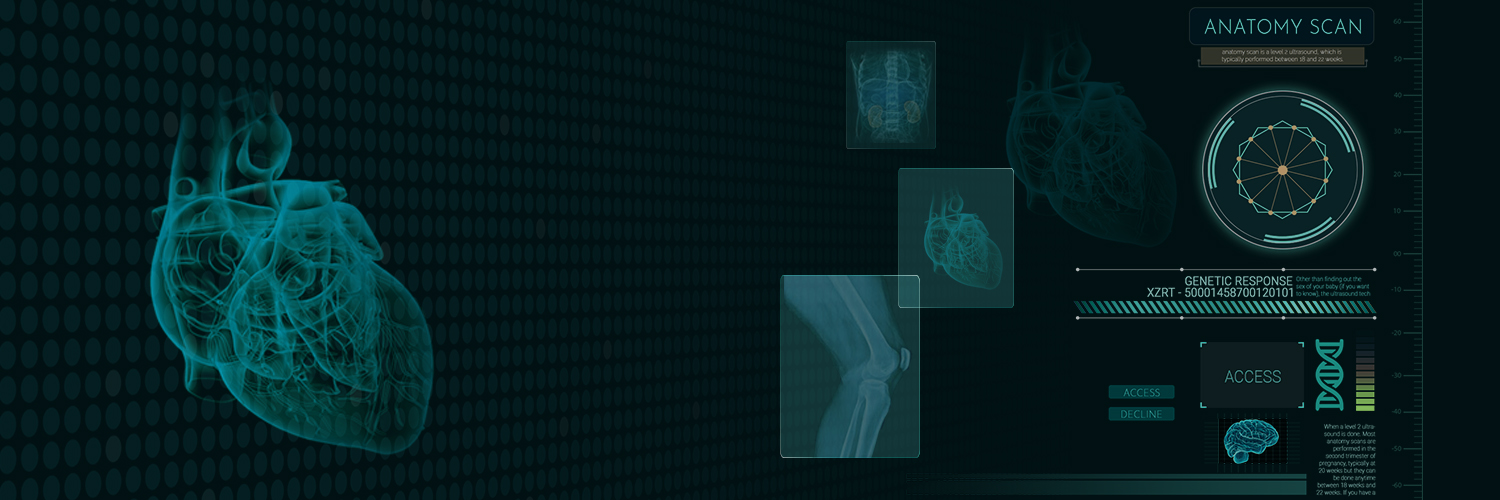
Types Of Muscular Tissue
Skeletal or Striated or voluntary Muscles
Occurrence:
Functions:
Smooth Muscles:
Occurrence:
Functions:
Cardiac Muscles
Functions:
Comparison of smooth, skeletal and cardiac muscles
| Smooth muscle | Skeletal muscle | Cardiac muscle |
| Not striated | Striated | Striated |
| Spindle-shaped | Cylindrical |
Cylindrical |
| Not branched | Not branched | Branched |
| Nucleus-central | Nuclei-peripheral | Nuclei-central |
| No discs | No discs | Intercalated discs |
| Involuntary | Voluntary | Involuntary |
| Slow | Fast | Fast |
| Contraction not inherent | Contraction not inherent | Contraction inherent |